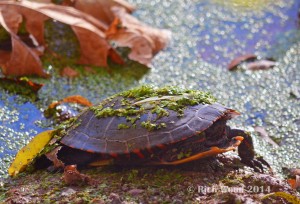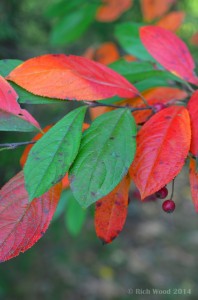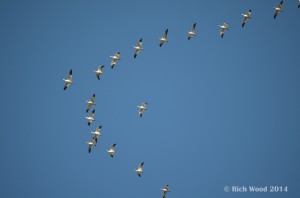I was reading a post on Facebook the other day that included an old photo. The post was titled TBT. I’m not a complete novice to Facebook, but had no idea what TBT stood for. My first thought was “To Be Truthful.” Don’t ask, it was the first thing that came into my weird, little mind! This is coming from the same person who thought LOL meant that I was getting “Lots of Love,” not that folks were “Laughing Out Loud” at something I said, or did. Where am I going with this? This weekend you’ll be able to “Turn Back Time” on all your clocks and watches as Daylight Savings Time (DST) ends on Sunday, November 2nd at 2:00 am. Although most Smartphones will automatically change, you’ll have to manually turn back analog clocks and watches. In our house, that means two battery-operated clocks with actual hands and the ever challenging clocks on the microwave and stove! We do have a “smart clock radio” in our bedroom. It’s so smart it already changed time last weekend!

Naturally, the amount of daylight we get here in Pennsylvania begins to decrease in early July. In the Northern Hemisphere, June 21st is the longest day (amount of daylight) of the year. It’s also known as the Summer Solstice. After June 21st, we lose a few minutes of daylight every few days, until we reach the shortest day (Winter Solstice) of the year on December 21st. By shortest, I mean the least amount of daylight. Sorry, the actual length of our 24-hour day, light or dark, never changes.
Nature also reacts to decreasing hours of daylight. The leaves of deciduous trees turn brilliant colors of crimson red, vivid gold and dazzling orange, and eventually fall to the ground. The shorter days also prompt certain bird species to begin migrating south, where they can feed longer hours in the day. Less sunlight, along with colder temperatures, signals reptiles and amphibians to seek shelter underground to begin their long hibernation. In nature, the change to shorter days doesn’t happen in one night, like turning a switch on and off, but occurs over several months. It starts as early as August, usually peaks in the cool, crisp days and nights of October, then winds down as the last stalks of corn are still standing in November.
As they days grow shorter, birds, like these Snow Geese, begin to migrate south.
Daylight Savings Time also has an effect on us, as well. We may “gain an hour of sleep,” but our bodies seem to get tired much earlier in the evening. How many of you are in your pajamas and yawning by 7:00 pm, thinking it was much later? We also find ourselves spending less time outdoors, especially during the weeknights, since we’re not home from work or after-school activities, before it gets dark. On the flip side, you can now wake up and take an early morning walk in the daylight before you head off to work! Ok, maybe that’s pushing it! But when did all this start, and why?
It was Benjamin Franklin who first introduced the idea of DST in 1784. He felt by doing so, people would get much better use out of their days by cutting back on the use of candles and get up earlier in the morning light. Although Franklin never saw it actually put in to effect while he was alive, over the years it was initiated, with starting and ending dates changing several times. The last change was in 2007, with the thinking it would conserve energy. Today, over 70 countries worldwide go on DST, and most of the U.S. The exception is the state of Hawaii and most, but not all, of the state of Arizona.
The daylight hours may be decreasing, but it’s still a great time of the year to get outdoors and enjoy the changing of the season-even if it’s only for a few minutes in the evening. So, enjoy your extra hour of rest, but don’t forget “To Be Truthful, oops, I mean “Turn Back Time! LOL!

 As the bright, warm days of early Autumn begin to fade, reptiles and amphibians will seek out underground shelter to hibernate through the long winter months.
As the bright, warm days of early Autumn begin to fade, reptiles and amphibians will seek out underground shelter to hibernate through the long winter months.


